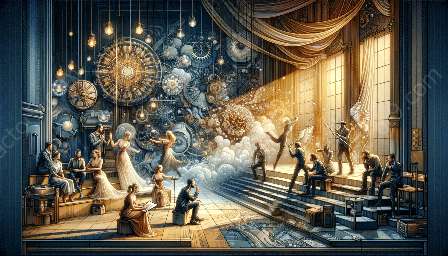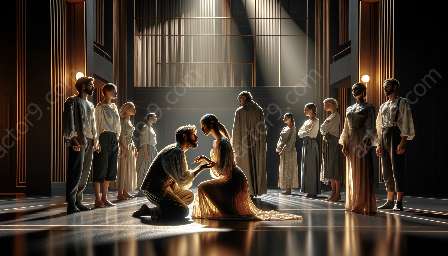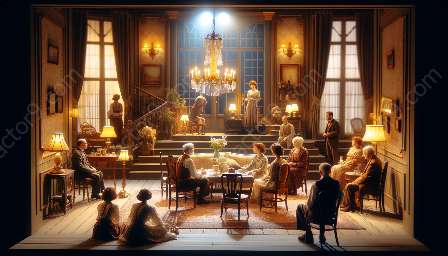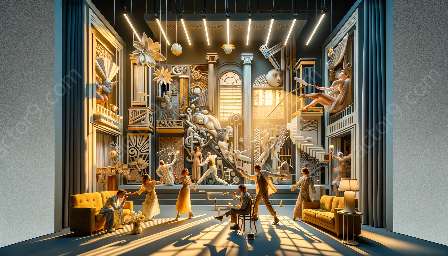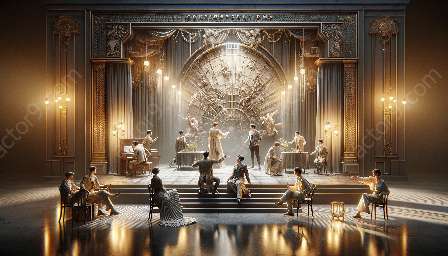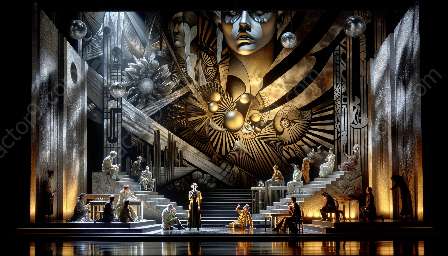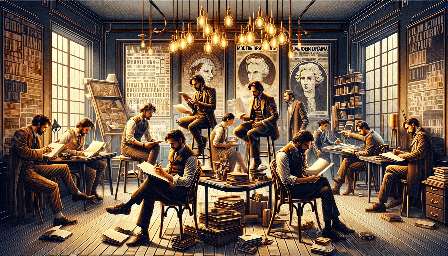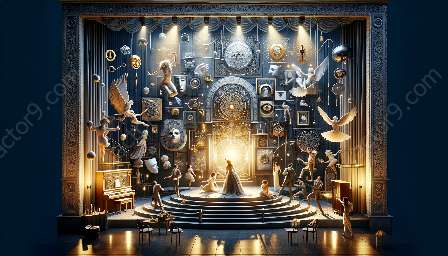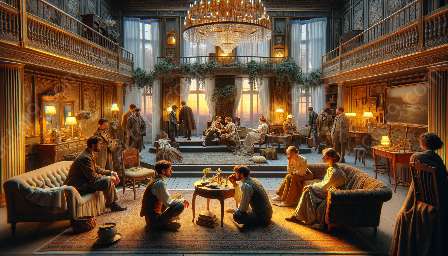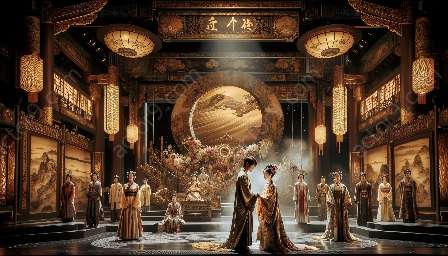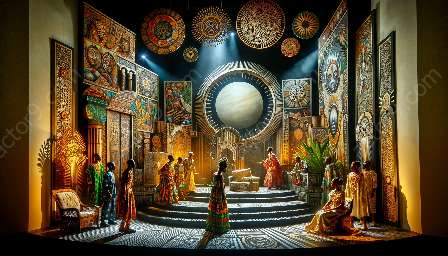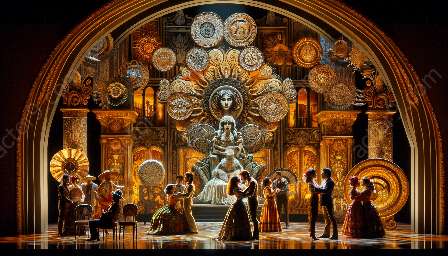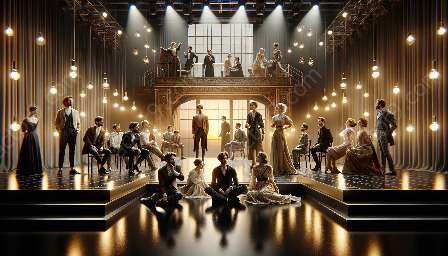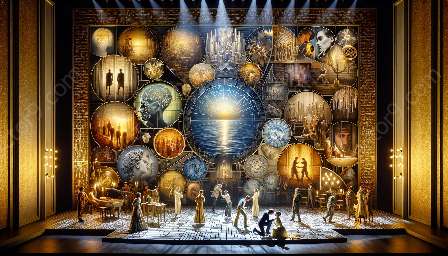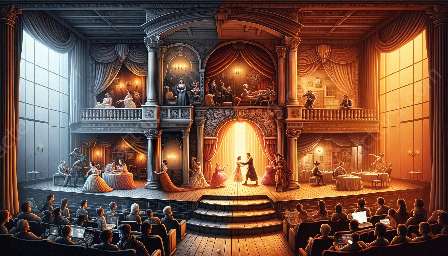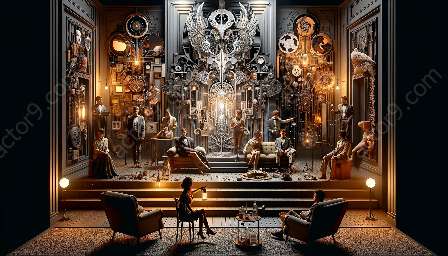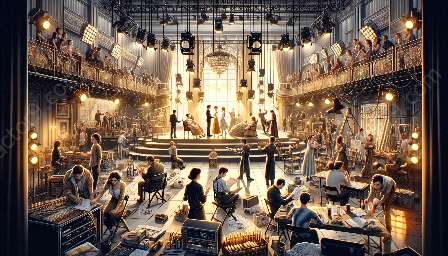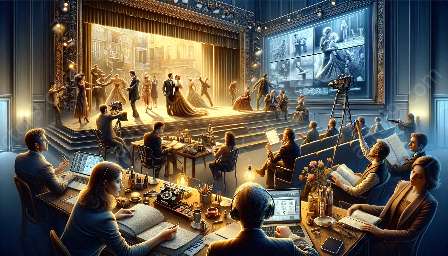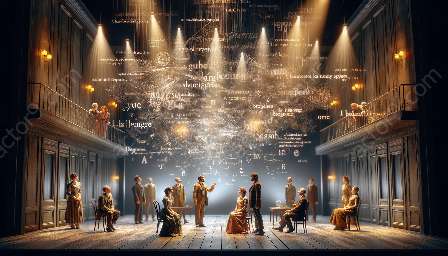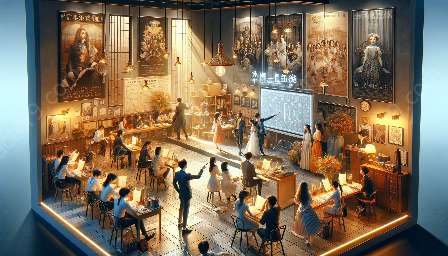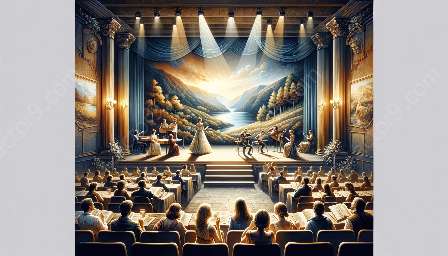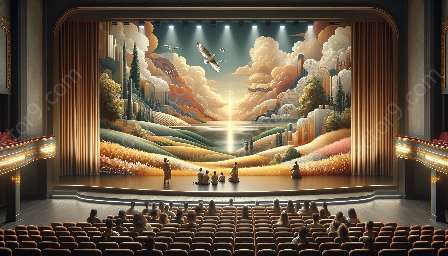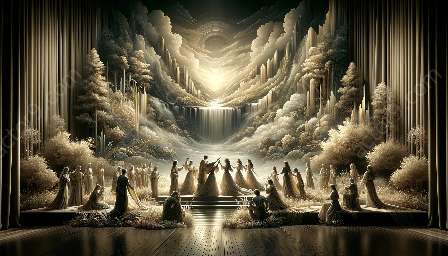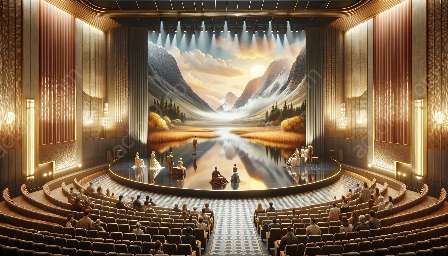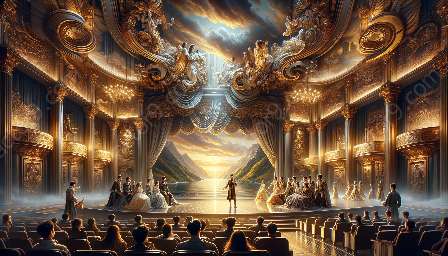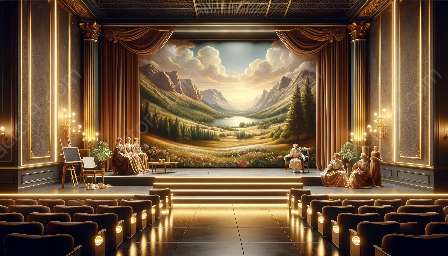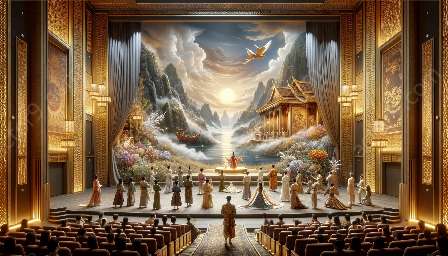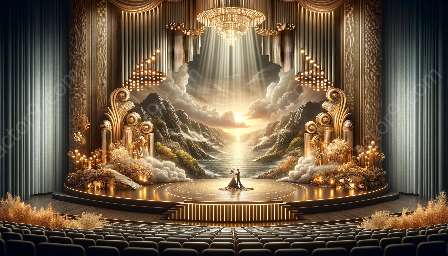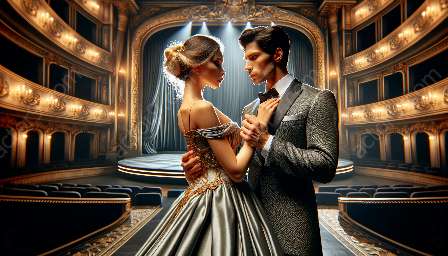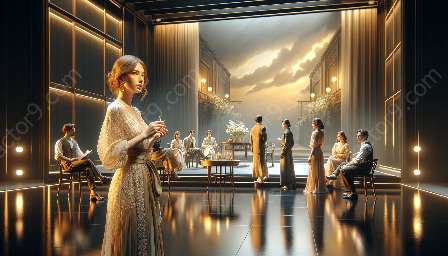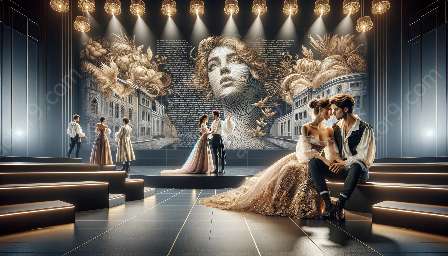Modern drama often employs intertextuality and references to other works as a way to enrich its meaning, add depth to characters and situations, and create layers of interpretation. In contemporary modern drama, this literary device is used to establish connections with other texts, traditions, and genres, contributing to the overall richness and complexity of the work. By understanding how modern drama uses intertextuality and references to other works, audiences can gain a deeper appreciation of the profound impact these literary devices have on the dramatic experience.
The Impact of Intertextuality in Contemporary Modern Drama
Intertextuality in modern drama refers to the way in which a text is shaped by other texts, whether explicitly through direct references or implicitly through allusions, quotations, and stylistic elements. This creates a web of connections that enriches the dramatic experience. These references can range from nods to classic literary works to allusions to popular culture, effectively bridging the past and present to create a more dynamic and layered narrative.
Enriching Characterization and Narrative Depth
Intertextuality and references to other works offer writers and directors a palette of literary and cultural material to work with, enabling them to imbue their characters and storylines with added dimension and complexity. By drawing on well-known texts and traditions, contemporary modern drama can deepen its characters' motivations, dilemmas, and internal conflicts, thus elevating the psychological and emotional impact of the narrative.
Challenging and Engaging Audiences
Through intertextuality and references to other works, modern drama challenges audiences to actively engage with the text, encouraging them to draw on their own cultural and literary knowledge to unravel the layers of meaning. This interactive process not only immerses audiences in the dramatic world but also invites them to reflect on the broader human experience and the enduring relevance of timeless themes.
The Role of References to Other Works
In addition to intertextuality, modern drama often incorporates explicit references to other works, whether through direct quotations, adaptations, or parodies. These references serve various purposes in contemporary modern drama, contributing to the overall thematic, aesthetic, and philosophical resonance of the work.
Highlighting Cultural and Historical Contexts
References to other works not only establish connections between different texts but also situate the dramatic narrative within specific cultural and historical contexts. By invoking past literary works, historical events, or artistic movements, contemporary modern drama can shed light on complex social, political, and philosophical themes, providing audiences with a nuanced understanding of the human condition.
Expanding Creative Possibilities
By drawing on existing works, modern drama expands the creative possibilities available to playwrights and directors. References to other works can inspire innovative reinterpretations, revisions, and reimaginings, offering a fresh perspective on familiar narratives and characters. This fluidity and adaptability ensure that modern drama remains a dynamic and ever-evolving artistic form.
Conclusion
Intertextuality and references to other works play a crucial role in shaping contemporary modern drama, fostering a rich interplay of ideas, emotions, and cultural resonances. By seamlessly weaving together diverse literary and artistic influences, modern drama engages audiences in a thought-provoking exploration of human experiences, past and present.


